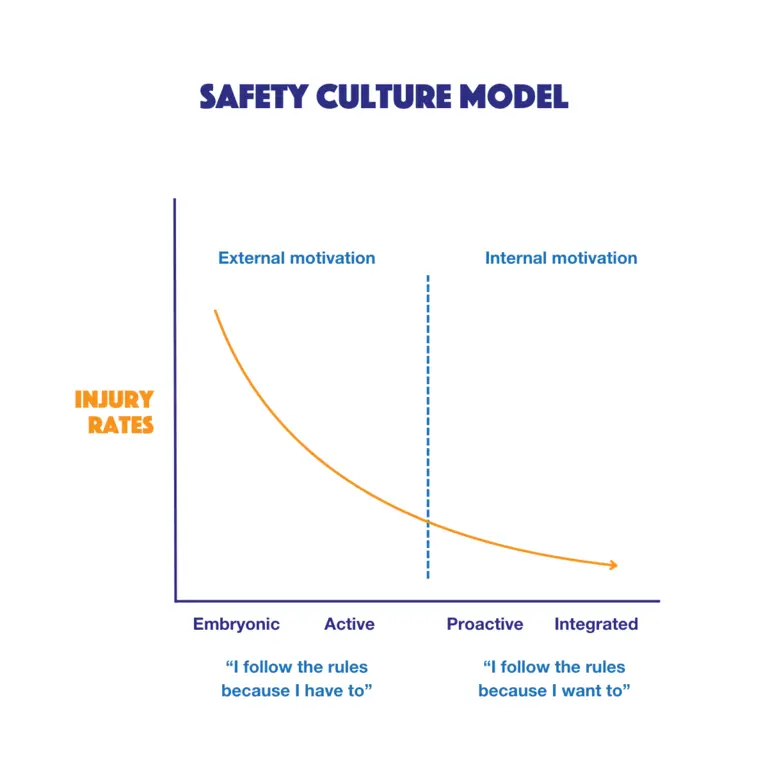EHS initiatives that don’t have the full and active support of senior leadership are doomed to failure. Let us help you engage your senior leadership team and turn them into an asset rather than an obstacle.
In our experience, to get your senior team on board you need to demonstrate why they should care and then give them the tools to do something about it. Not just off-the-shelf training, our range of solutions are tailored workshops designed to drive organisational change. Additionally, we encourage leaders to make tangible commitments, which enables you to measure success.
Leadership Course Categories

Health & Safety

Environment

We considered various global partners and, after due diligence, chose Make UK. Their international OH&S track-record makes them a partner in whom we could trust to push boundaries and challenge accepted norms and restrictions when working globally.
A: Effective EHS performance within an organisation comes from the top. Senior leaders have both collective and personal responsibility for EHS. They should help their organisation find the best ways to lead and promote environmental management and health and safety, thereby meeting legal obligations.
A: Senior leaders are in a position of authority to ensure that policies and procedures are put in place to ensure effective environmental management and keep people safe at work.
The Health and Safety at Work Act 1974, Section 37 (Offences by bodies corporate) places accountability on senior managers, executives, directors, and similar figures to ensure that the relevant statutory provisions of this act are met. Failure to comply could mean that a senior leader could be found guilty of an offence where it is proved they had knowledge of the risks, knew of health and safety failings, or neglected their duty of care.
To reinforce the accountability and responsibility of senior leaders, ISO 45001 clause 5 (Leadership and worker participation) highlights the need for the two-way communication between higher management and all levels of the workforce. Its standards set out clear expectations of both organisational leadership and workers responsibilities.
A: Senior leaders play a huge part when it comes to developing and maintaining a positive EHS culture within the workplace. Typically, culture is driven from the top down. For example, if managers are not wearing PPE, then workers on the shop floor are less likely to wear it.
An organisation’s culture can also affect the introduction of and continuing commitment to policies and procedures. If a policy is introduced and not communicated effectively, then it is probable that the policy will be misunderstood, or if it’s not followed by senior leaders, workers may not follow the policy either.
If the culture of an organisation is so poor that leaders fail to meet the basic compliance standards and put workers at harm, not only are they breeching legislation, but worker morale will decline, leading to lost time due to stress or sickness.
For more information on safety culture and getting buy-in from senior leaders please contact us.
A: What training leaders need depends on the safety culture maturity within the organisation. You can use the IOSH Models of Safety document saved within the Resources section on this page to determine your level. If you rate yourself as ‘Embryonic’ we would recommend IOSH Safety for Executives & Directors. If you rate yourself as ‘Active’, ‘Proactive’ or ‘Integrated’ we recommend IOSH Leading Safely.
If required, Make UK can provide an objective evaluation of your current safety culture position, including surveys and focus groups to get input from across the workforce. If you’re interested in implementing safety culture change within your workplace, please contact us.
